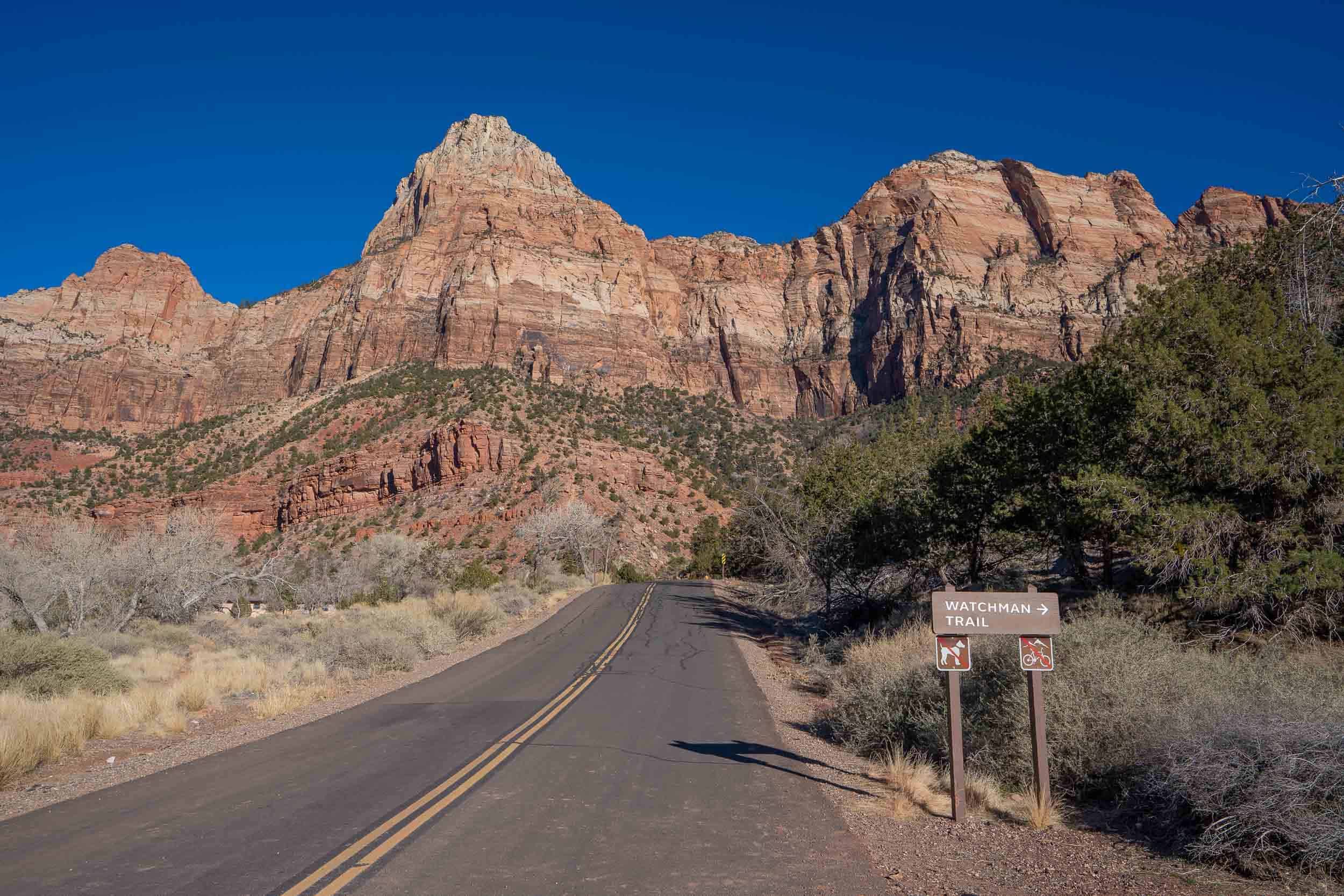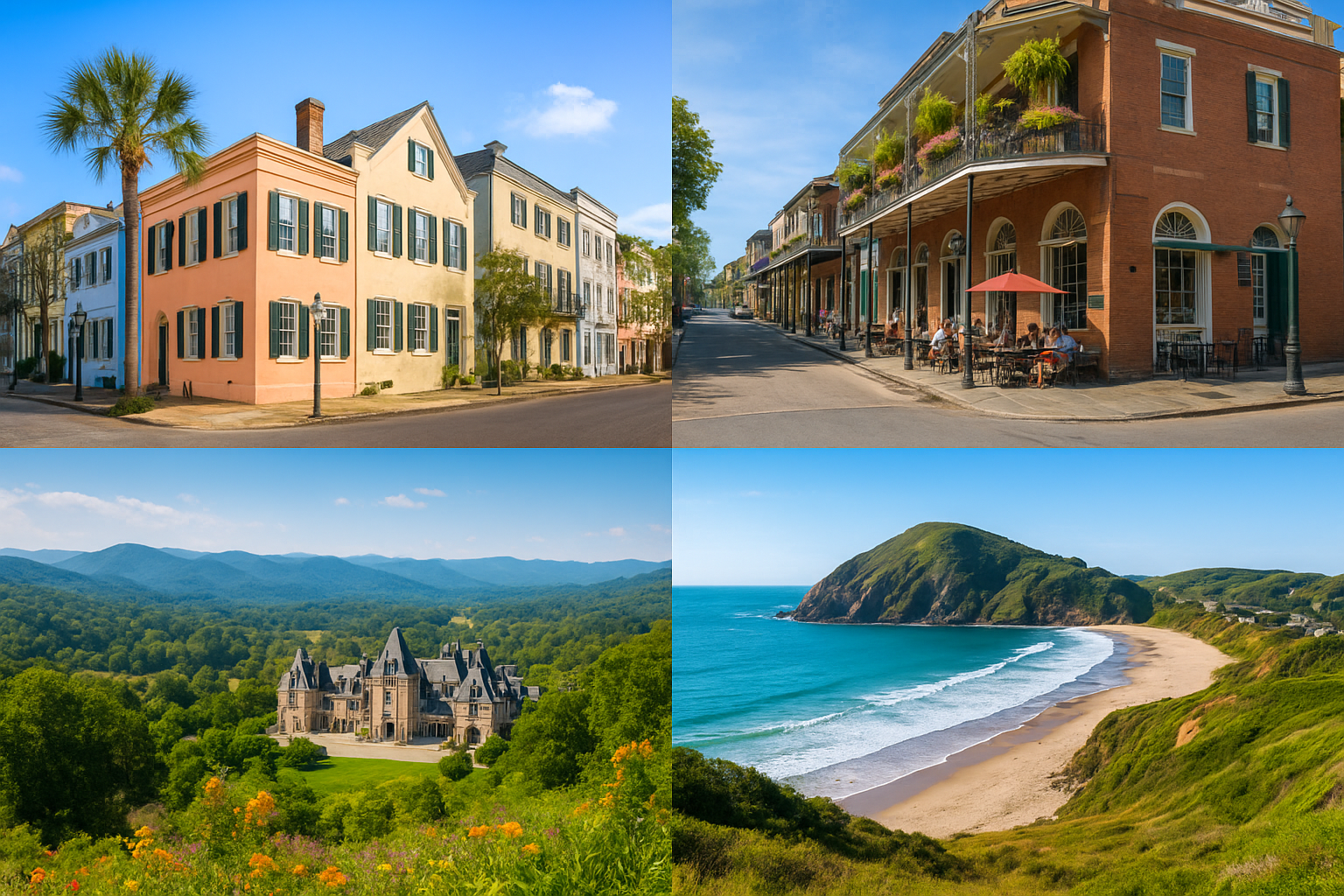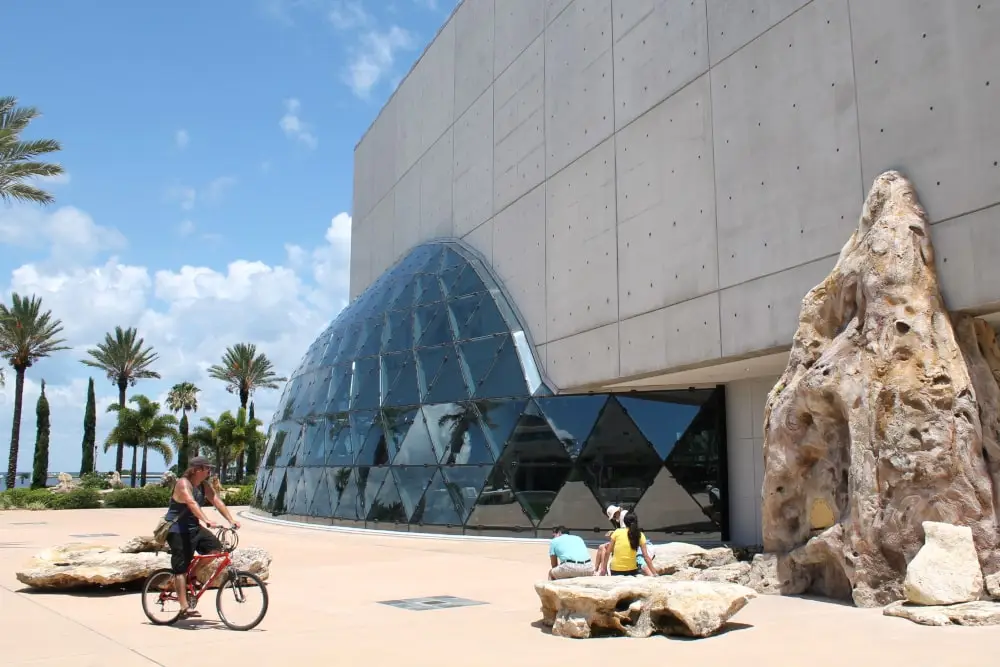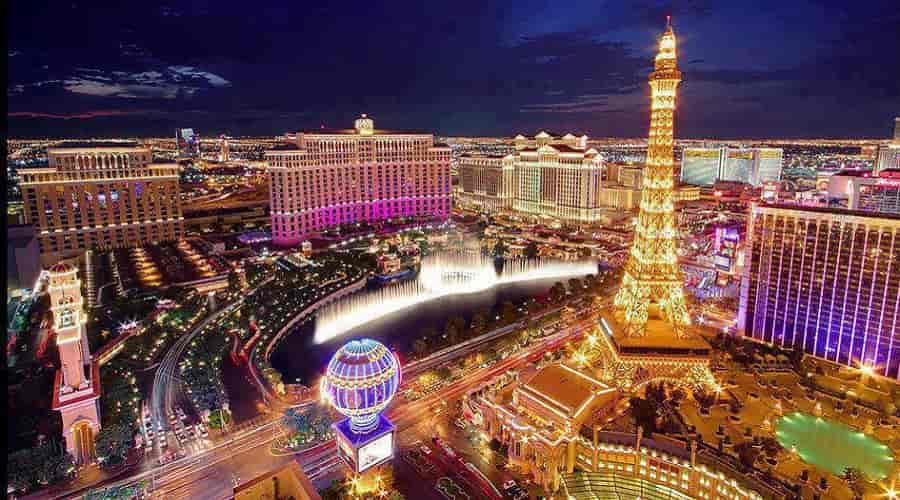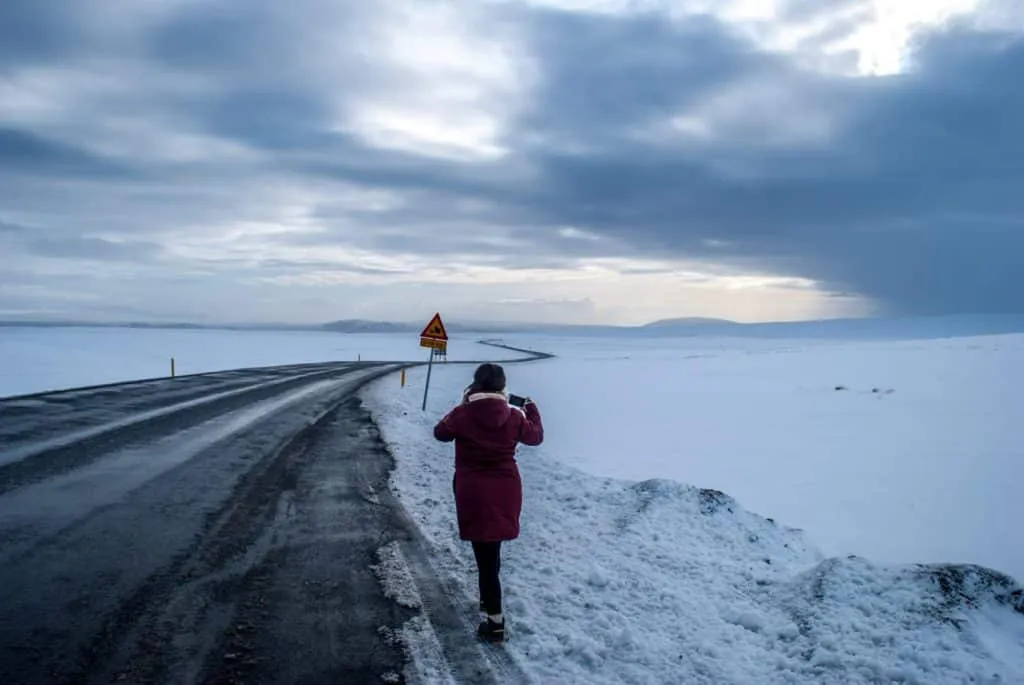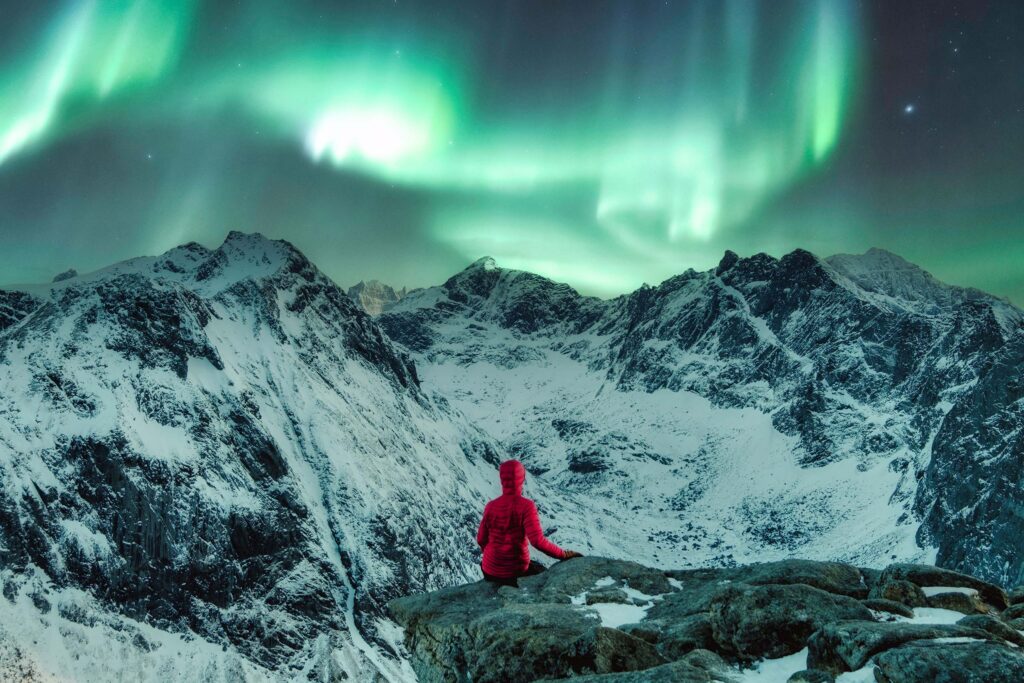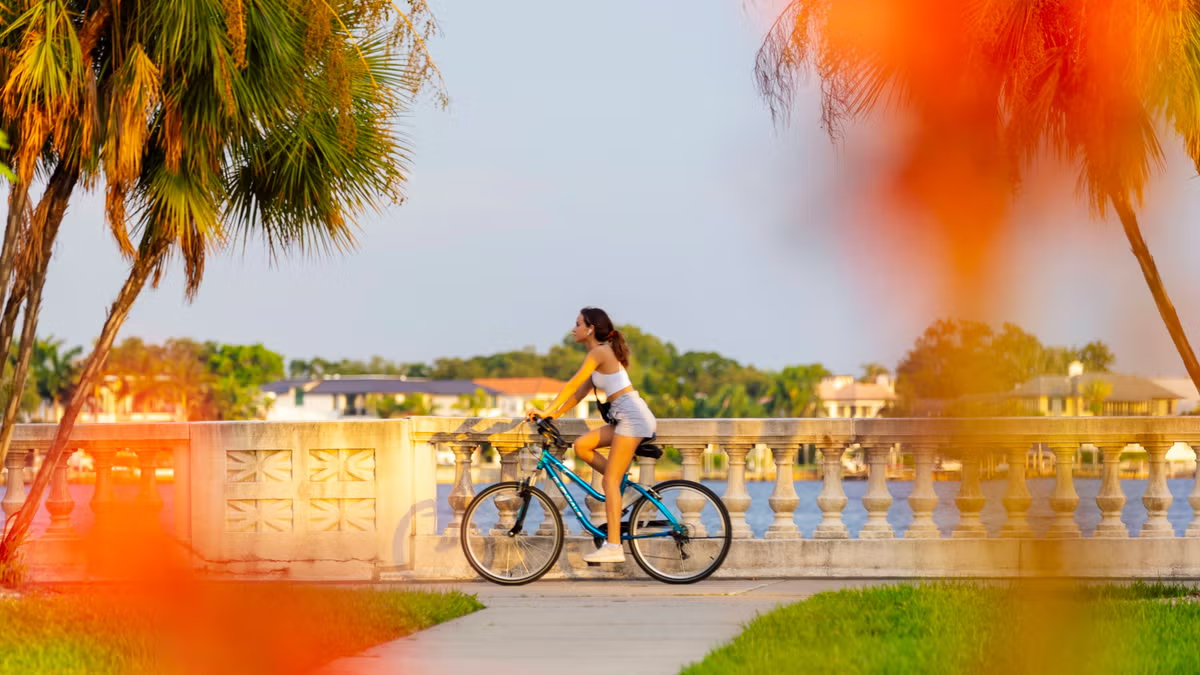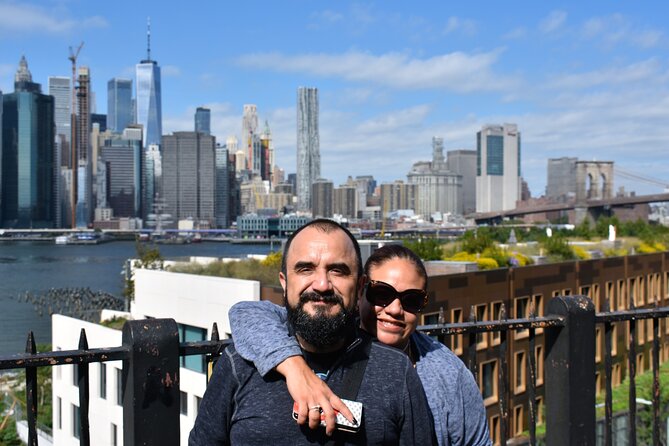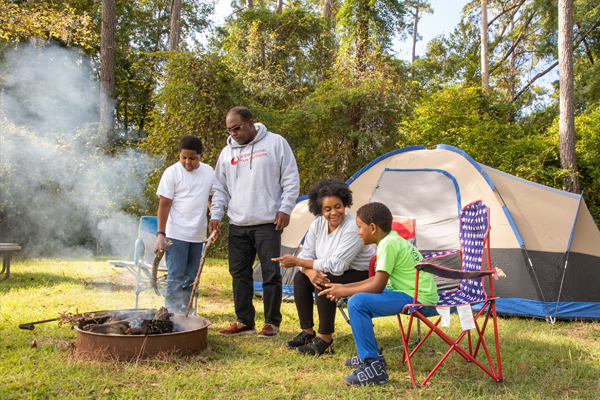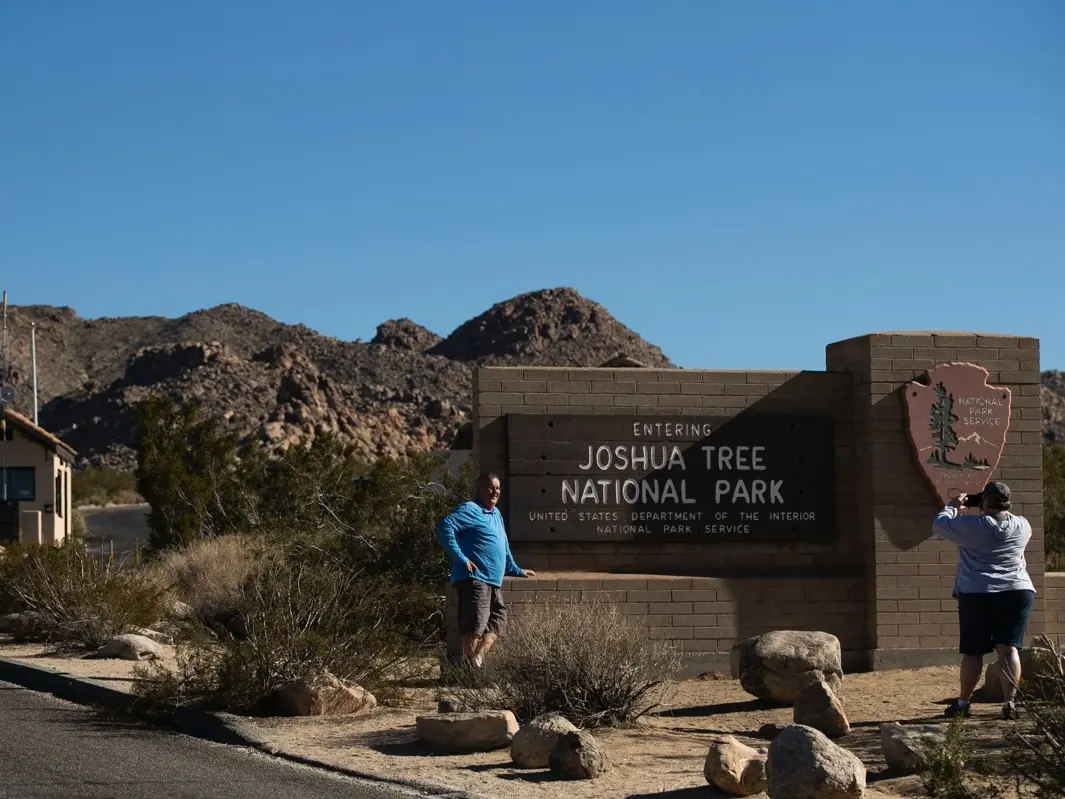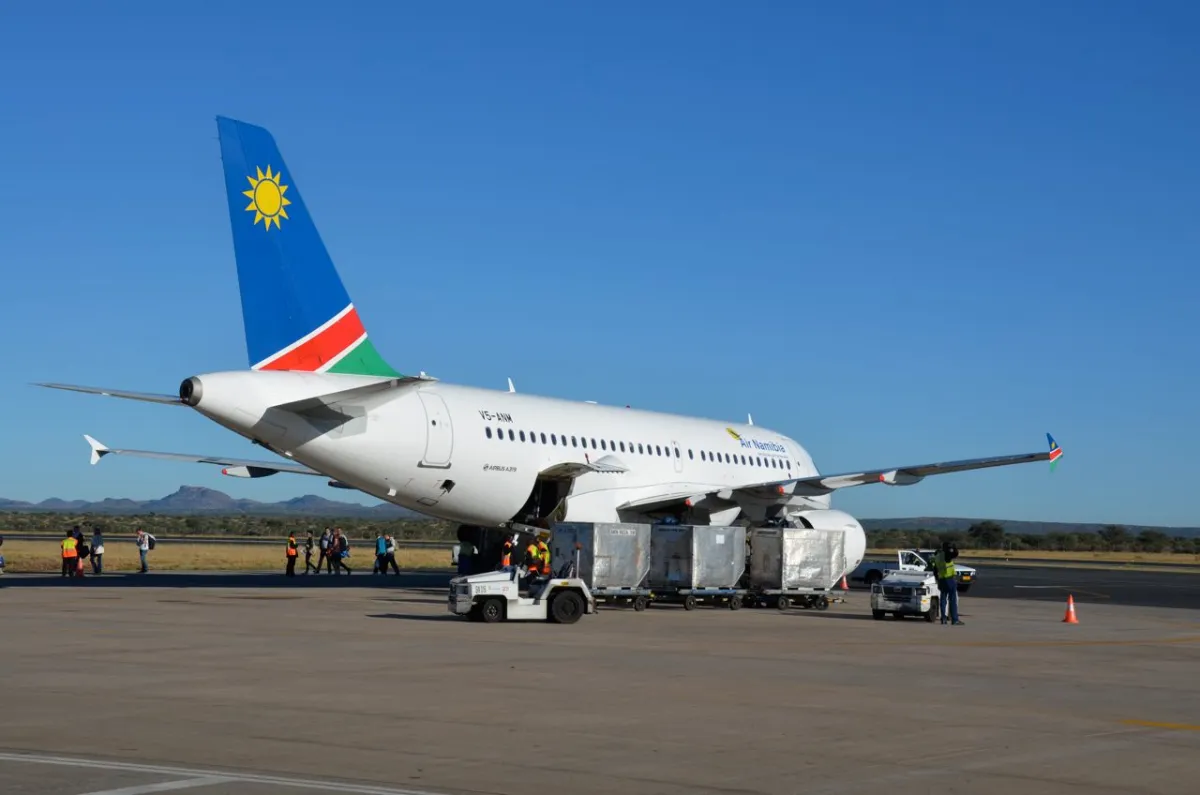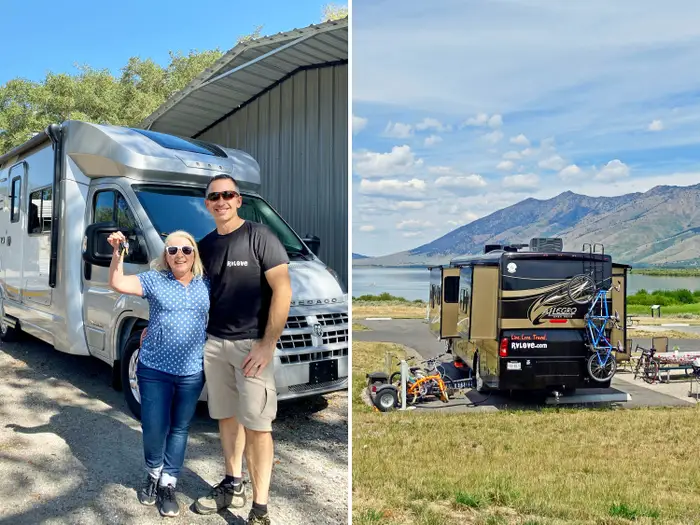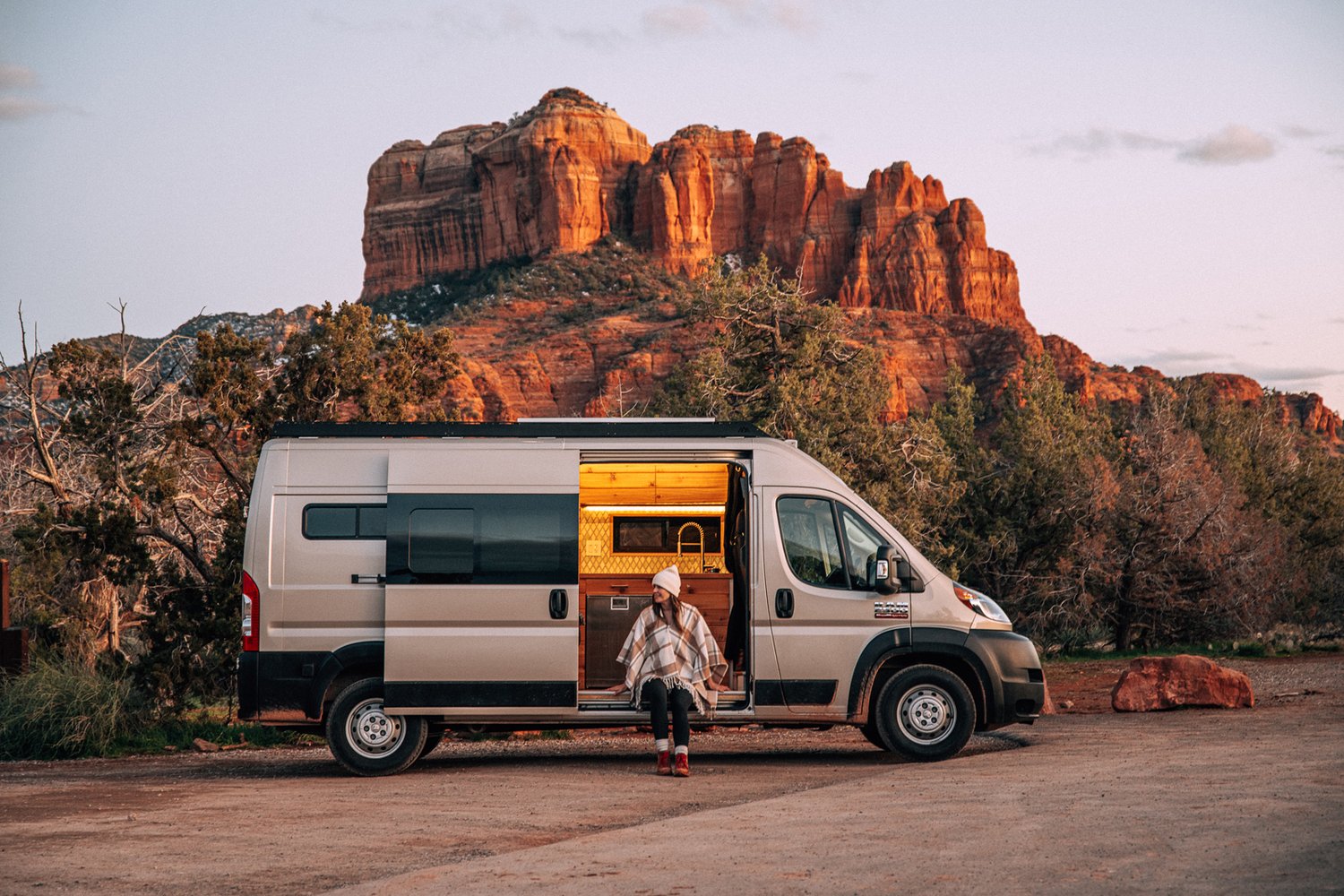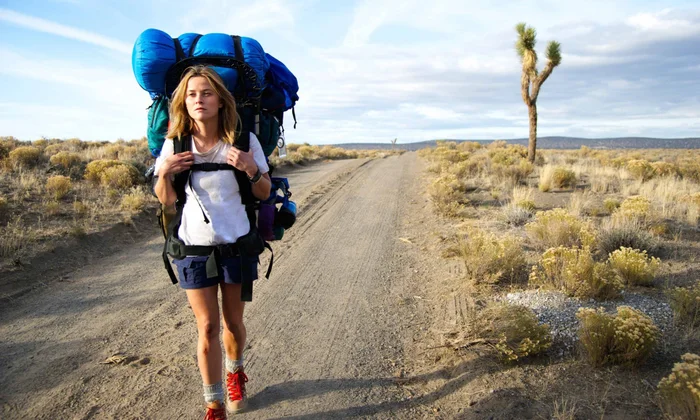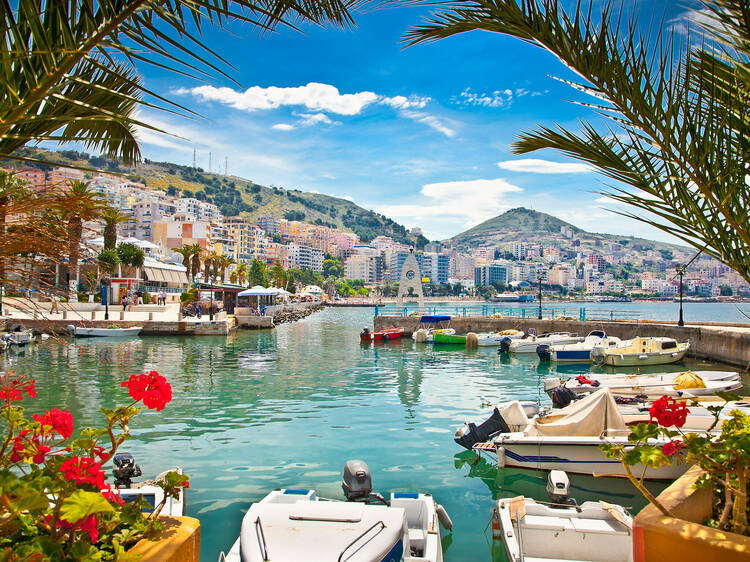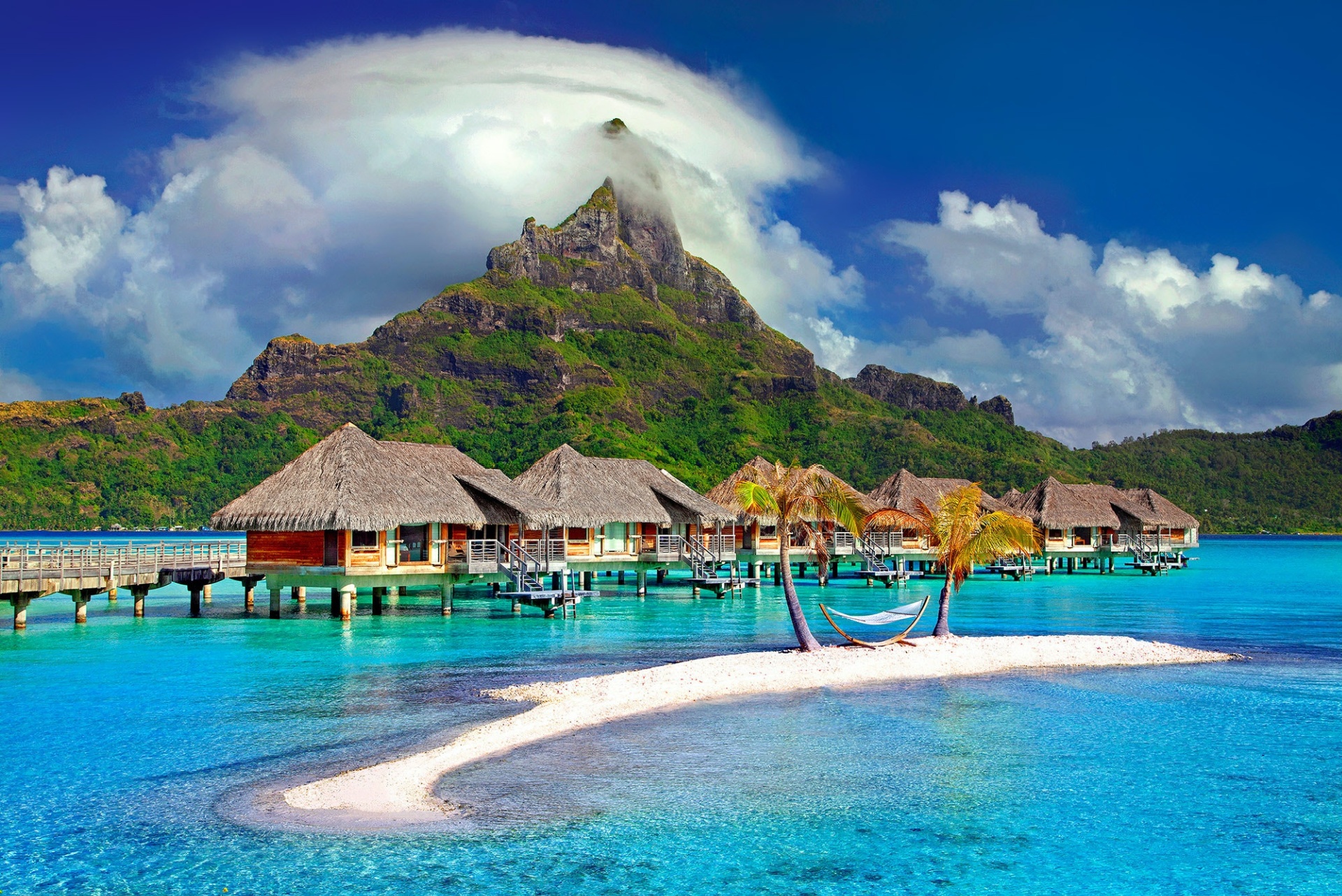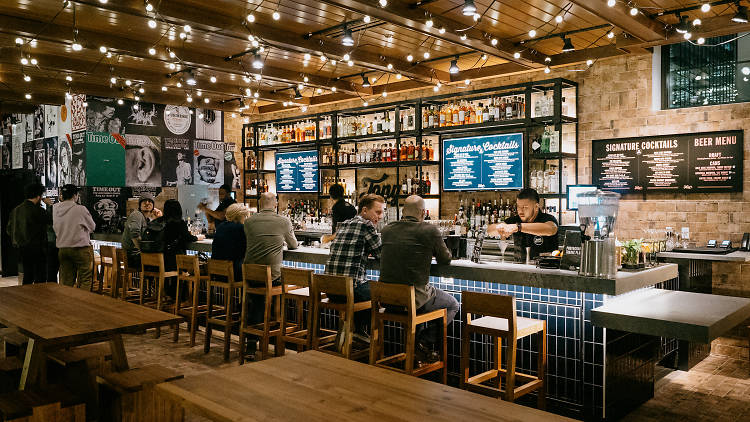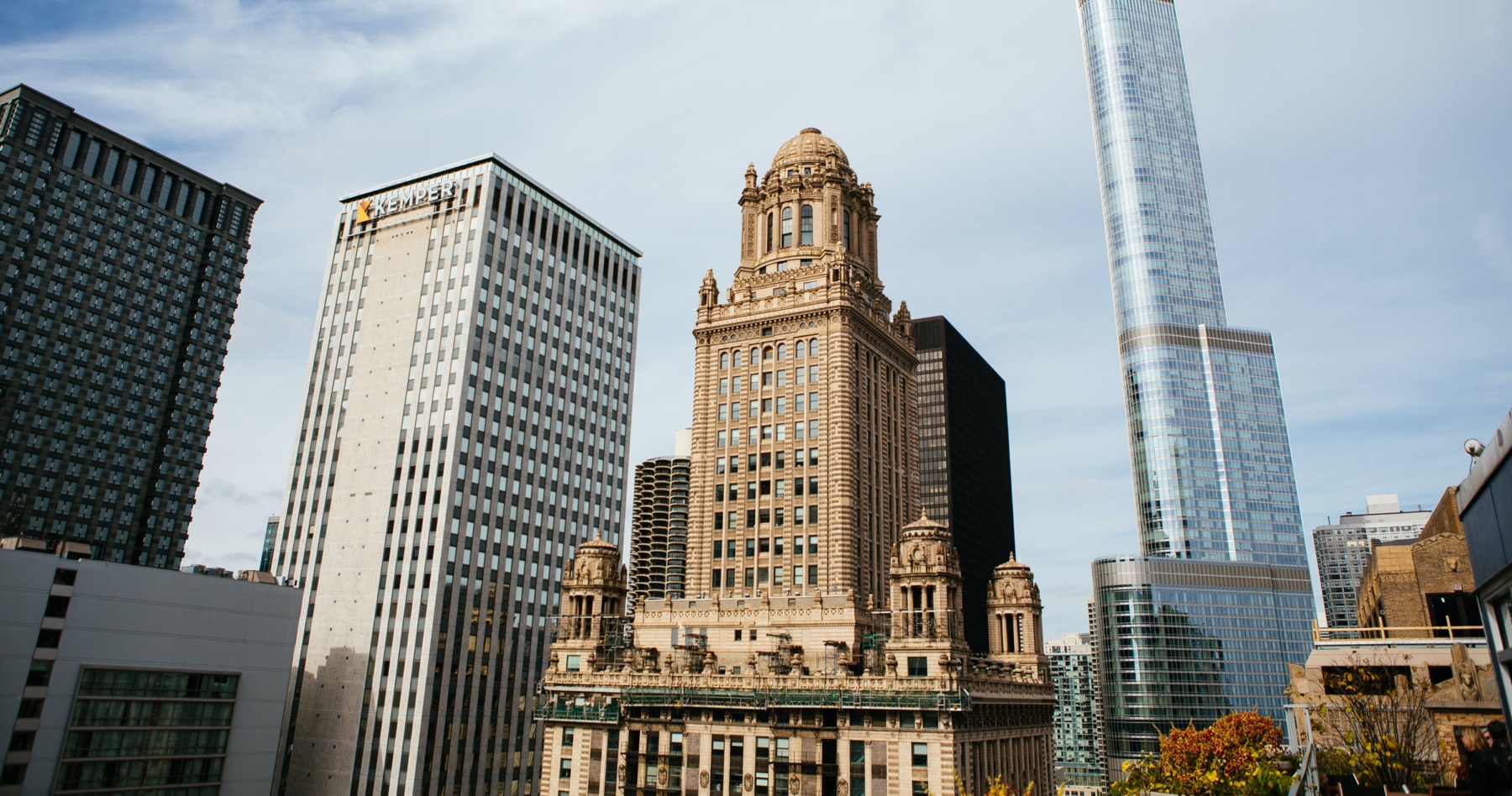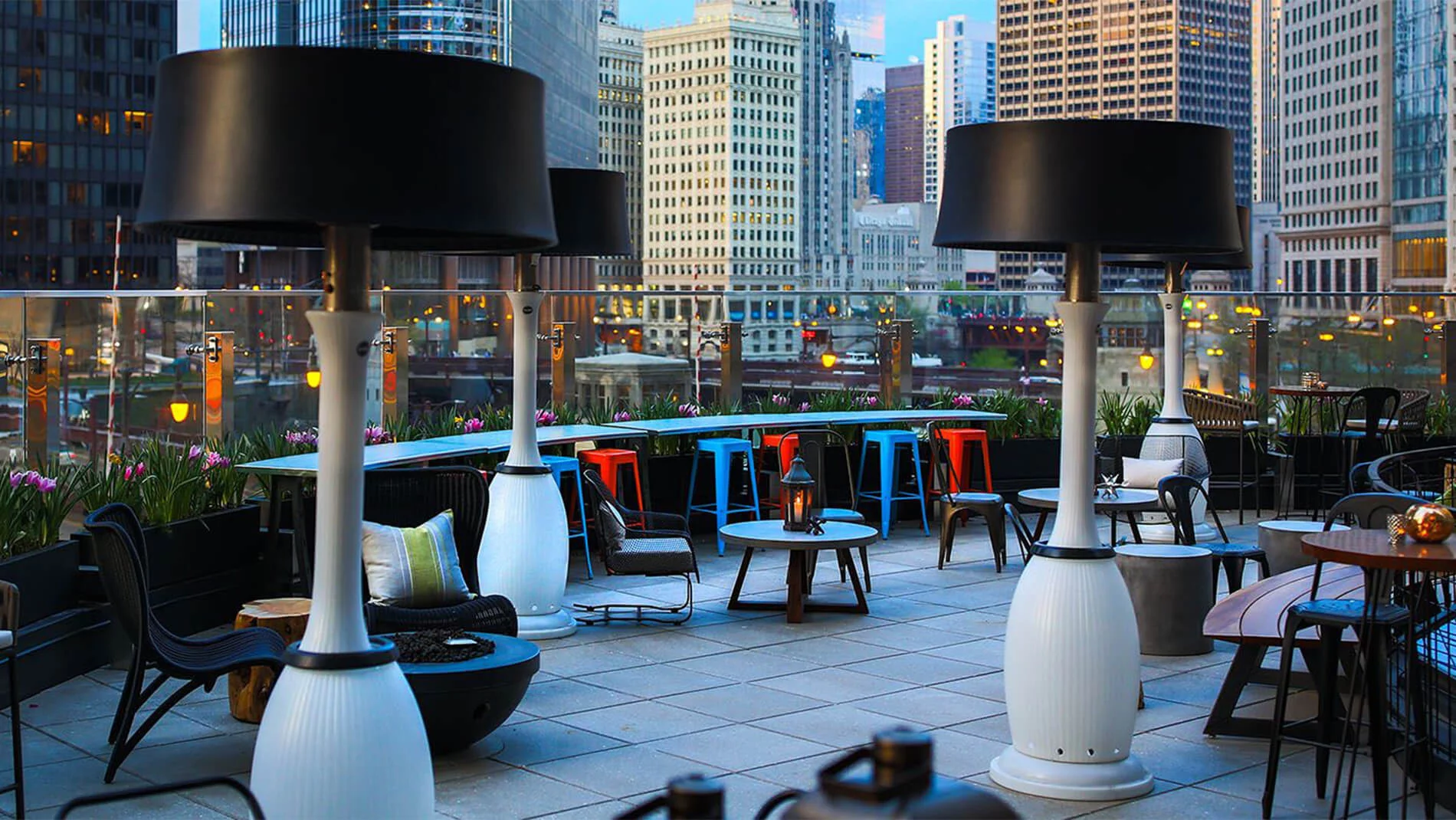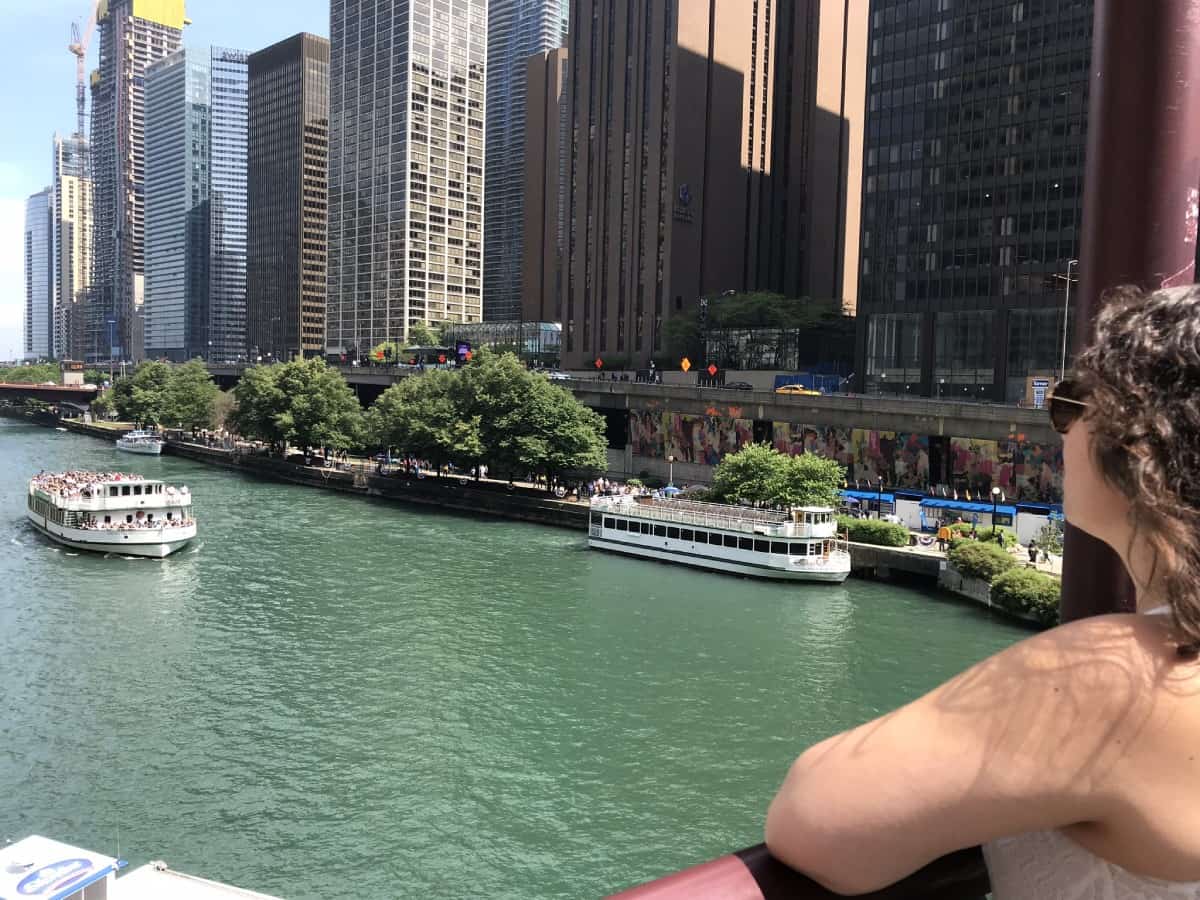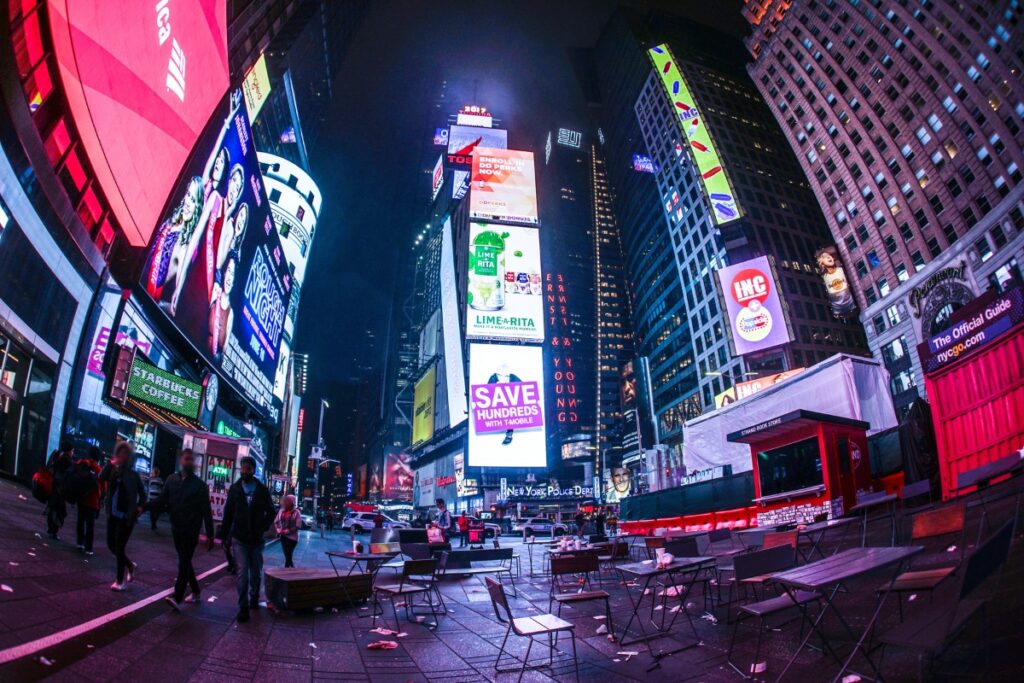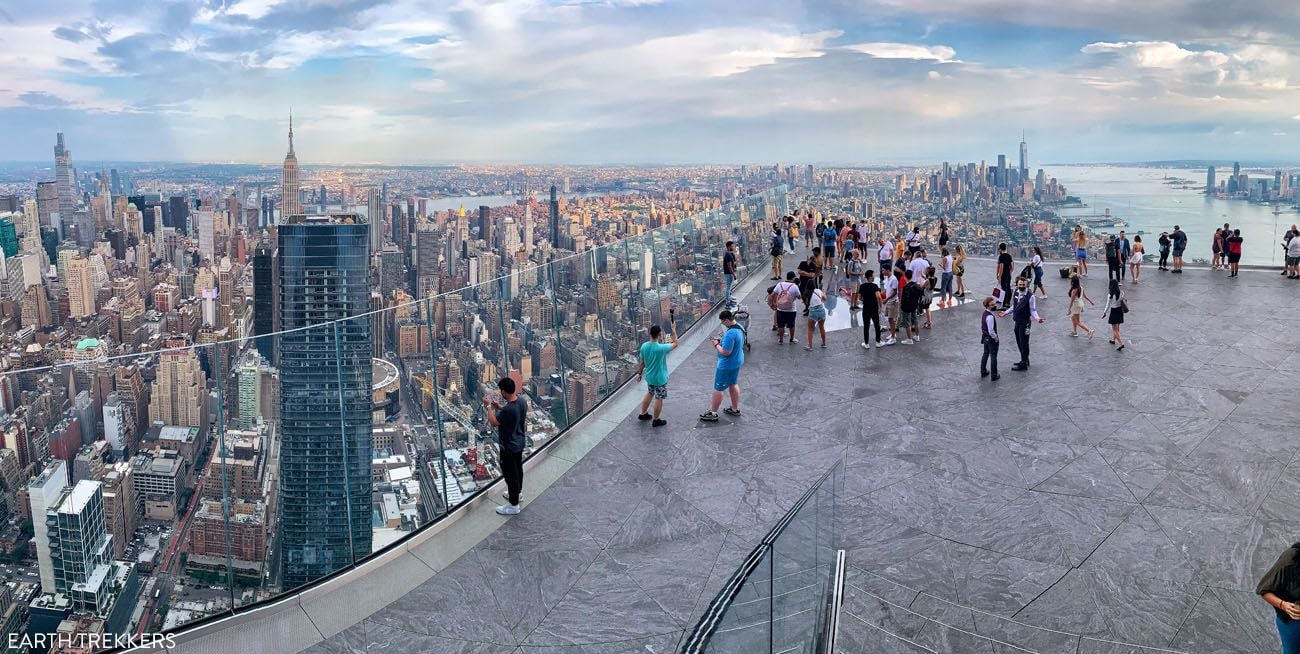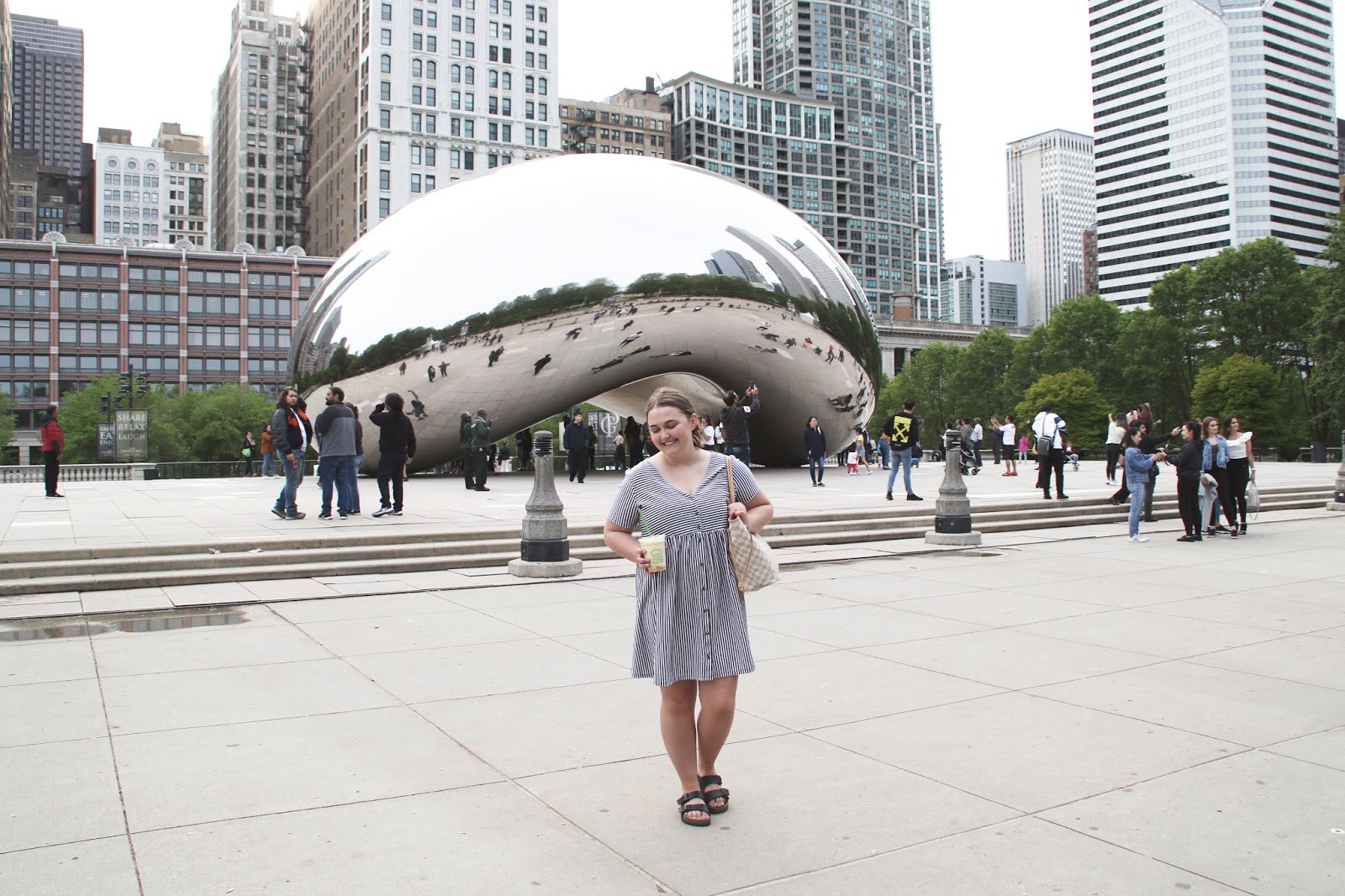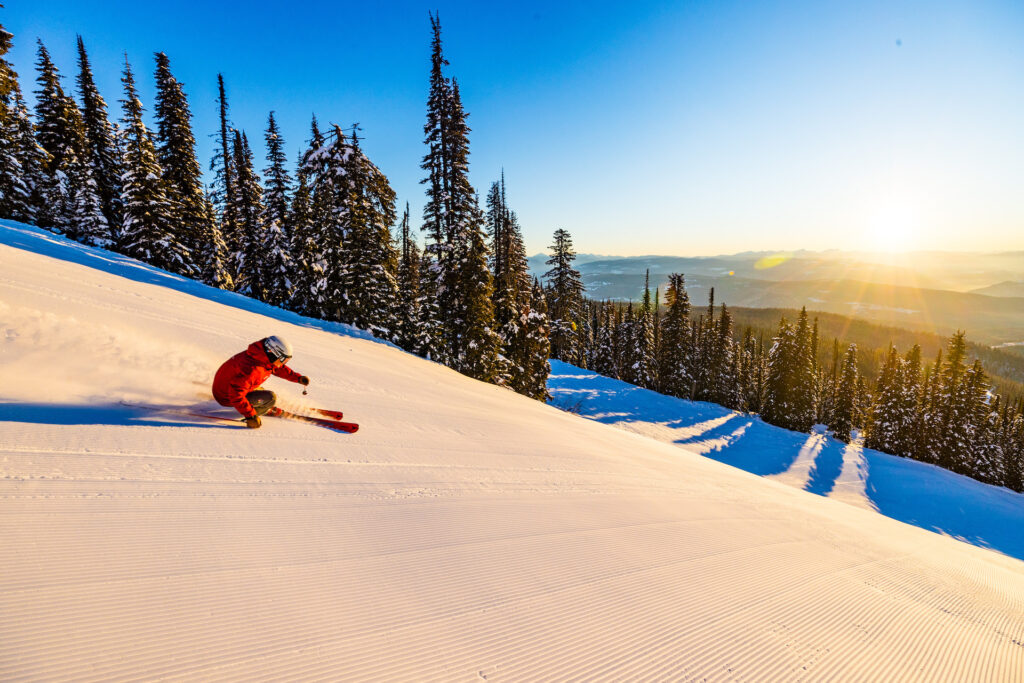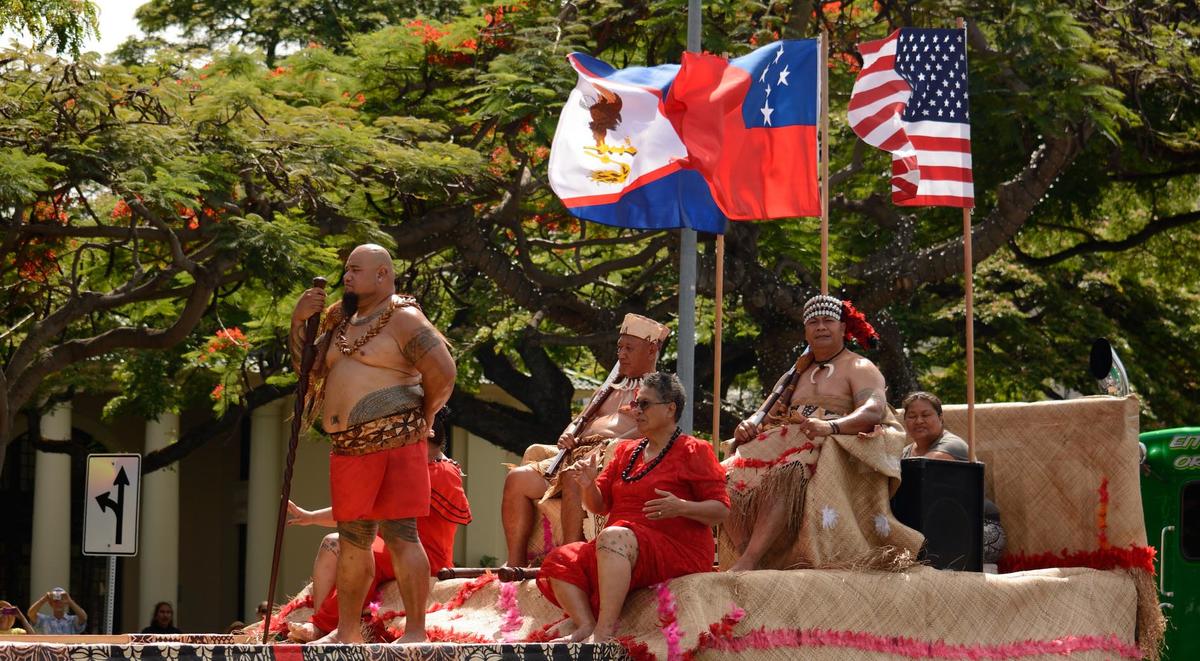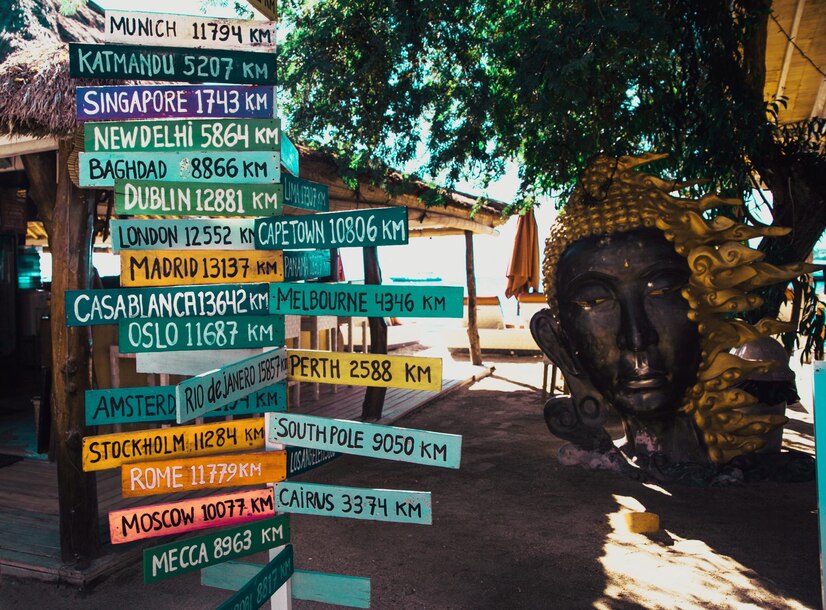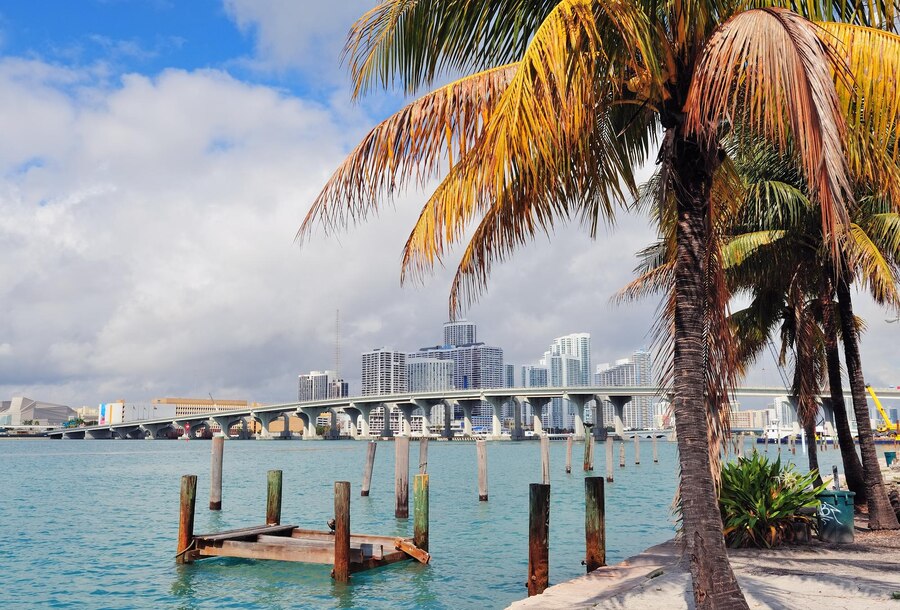
8 Hours in Yellowstone National Park – The Complete Road Trip Adventure
Why Yellowstone in 48 Hours?
There’s a reason Yellowstone National Park is on so many bucket lists. It’s a living, breathing showcase of the Earth’s raw power — a place where boiling rivers meet icy lakes, where bison roam across open valleys, and where the ground itself steams and hisses.
Spanning 2.2 million acres across Wyoming, Montana, and Idaho, Yellowstone is home to more geysers and hot springs than anywhere else in the world. It’s also a haven for wildlife, with everything from grizzly bears to otters calling its vast landscapes home.
Ideally, you could spend a week or more here, hiking deep into the backcountry and soaking in every view. But if all you have is 48 hours, don’t worry — you can still capture the park’s essence. You just need to plan smartly, start early, and be ready for a little adventure.
This guide is designed to help you hit the must-see spots, uncover a few hidden gems, and still have space in your schedule for those spontaneous “pull over now!” moments that Yellowstone is famous for.
Day 1 – Geysers, Lakes, and a Sunset to Remember
Morning – Entering from the South via Grand Teton
We began our adventure in the Grand Teton National Park, heading north through the South Entrance. If you’re coming this way, prepare for a scenic gateway into Yellowstone — the road snakes along the Lewis River Canyon, with tumbling waterfalls and dense pine forests on either side.
Pull over at one of the limited viewpoints to catch your breath and snap a few photos. You’ll immediately feel that “I’m in the wild” sensation that only Yellowstone can deliver.
Fun Fact: Yellowstone was established in 1872 as the world’s first national park. This single decision sparked a global movement to preserve natural spaces for future generations.
Stop 1 – West Thumb Geyser Basin
Our first stop was the West Thumb Geyser Basin, a geothermal wonder right on the edge of Yellowstone Lake. The boardwalk winds through bubbling hot springs, steaming vents, and surreal colors.
Highlights:
-
Abyss Pool – A deep blue pool that seems bottomless.
-
Fishing Cone – A lakeside hot spring where early explorers allegedly cooked fish fresh from their lines.
-
Black Pool – Despite the name, it’s a dazzling turquoise.
Yellowstone Lake itself is jaw-dropping — the largest high-elevation lake in North America, sitting at 7,733 feet above sea level and covering 131 square miles. On a sunny day, it looks almost tropical, though the water rarely climbs above 40°F.
Photography Tip: Visit in the morning when steam rising from the pools catches the sunlight — the colors pop dramatically.
Stop 2 – Old Faithful and the Upper Geyser Basin
No trip to Yellowstone is complete without seeing Old Faithful erupt. Located in the Upper Geyser Basin, this geyser is famous for its reliability, erupting roughly every 60–110 minutes and shooting water up to 180 feet high.
We checked the posted schedule at the Old Faithful Visitor Education Center, grabbed huckleberry ice cream from the General Store, and found a spot about 30 minutes before showtime.
The eruption was pure magic — a slow build-up of steam, followed by a powerful jet of water and mist catching the afternoon sun. Around us, cameras clicked, children squealed, and even seasoned travelers were grinning.
Pro Tip: Use the downtime between eruptions to walk the Upper Geyser Basin trails, where you’ll find other geothermal features like Castle Geyser, Beehive Geyser, and colorful hot springs that often get overlooked.
Stop 3 – Kepler Cascades
Just a short drive south of Old Faithful, Kepler Cascades is an easy but rewarding stop. The viewing platform gives you a close-up of a 150-foot drop along the Firehole River. In spring and early summer, the water roars with snowmelt; in autumn, it’s framed by golden foliage.
Stop 4 – Grand Prismatic Spring at Sunset
We saved Grand Prismatic Spring for late afternoon when the crowds thin and the light softens. At 370 feet across, it’s the largest hot spring in the U.S., famous for its rainbow-like rings caused by heat-loving microorganisms.
Walking the boardwalk, we were surrounded by swirling steam and the faint smell of sulfur — it felt like being on another planet. For the iconic aerial view, hike to the Fairy Falls Overlook, which offers a panoramic shot that’s worth every step.
Evening – Madison Campground
We set up camp at Madison Campground, a peaceful base close to many of the park’s highlights. There are no hookups, but potable water and a dump station are available.
Dinner was a skillet of spicy chicken and rice, topped with fresh avocado. As darkness fell, the air filled with the scent of pine and the distant sound of the river — the perfect soundtrack to end Day 1.
Day 2 – Wildlife, Waterfalls, and the Northern Reaches
Pre-Dawn – Hayden Valley Wildlife Safari
If you want to see Yellowstone’s wildlife at its best, get up early. We were on the road before sunrise, coffee in hand, heading into Hayden Valley. The golden light revealed a mist-covered wonderland where:
-
Bison grazed in massive herds
-
Elk waded through the river
-
A bald eagle perched on a snag, scanning for fish
If you’re lucky, you might spot wolves in the distance — bring binoculars or a zoom lens.
Stop 1 – Grand Canyon of the Yellowstone
Our next destination was the Grand Canyon of the Yellowstone, a 20-mile-long gorge carved by the Yellowstone River. The star of the show is the Lower Falls, dropping 308 feet — nearly twice the height of Niagara Falls.
From Artist Point, the scene was breathtaking: turquoise river, white mist, and cliffs streaked in yellow, orange, and red. We also tackled the Brink of the Lower Falls Trail, a steep but short hike that rewards you with an up-close view of the roaring water.
Stop 2 – Norris Geyser Basin
Heading west, we explored the alien-like landscapes of Norris Geyser Basin. This is the park’s hottest geothermal area, with temperatures reaching over 200°F just below the surface.
Walking the boardwalk, we passed:
-
Porcelain Basin – Milky blue pools and steaming vents
-
Steamboat Geyser – The tallest active geyser in the world, though its eruptions are unpredictable
-
Acidic springs in shades of neon green and orange
Optional Side Trip – Mammoth Hot Springs
If you have time, drive north to Mammoth Hot Springs. These terraced formations are constantly changing, as mineral-rich water flows over the landscape, creating white, orange, and brown steps that look like frozen waterfalls.
Afternoon – Scenic Drive and Farewell
For our final stretch, we took our time along the scenic drive out of the park, stopping at roadside viewpoints to soak in the last moments. Yellowstone isn’t a park you “finish” — it’s one you return to again and again, each time finding something new.
Travel Essentials
-
Best Time to Visit: Late May to September
-
Entrance Fee: $35 per vehicle (valid for 7 days) or free with an annual pass
-
Lodging: Book early, especially in summer
-
Driving Tip: The Grand Loop Road is 142 miles; allow extra time for wildlife traffic
-
Safety: Stay on boardwalks in thermal areas and maintain wildlife distances
Yellowstone 48-Hour Itinerary Overview
Day 1:
-
Enter via South Entrance
-
West Thumb Geyser Basin
-
Old Faithful
-
Kepler Cascades
-
Grand Prismatic Spring
-
Madison Campground
Day 2:
-
Hayden Valley
-
Grand Canyon of the Yellowstone
-
Norris Geyser Basin
-
Mammoth Hot Springs (optional)
In just 48 hours, Yellowstone offered us boiling hot springs, thundering waterfalls, wildlife encounters, and star-filled skies. It’s wild, unpredictable, and unforgettable — a reminder that some places are worth every mile to reach.



